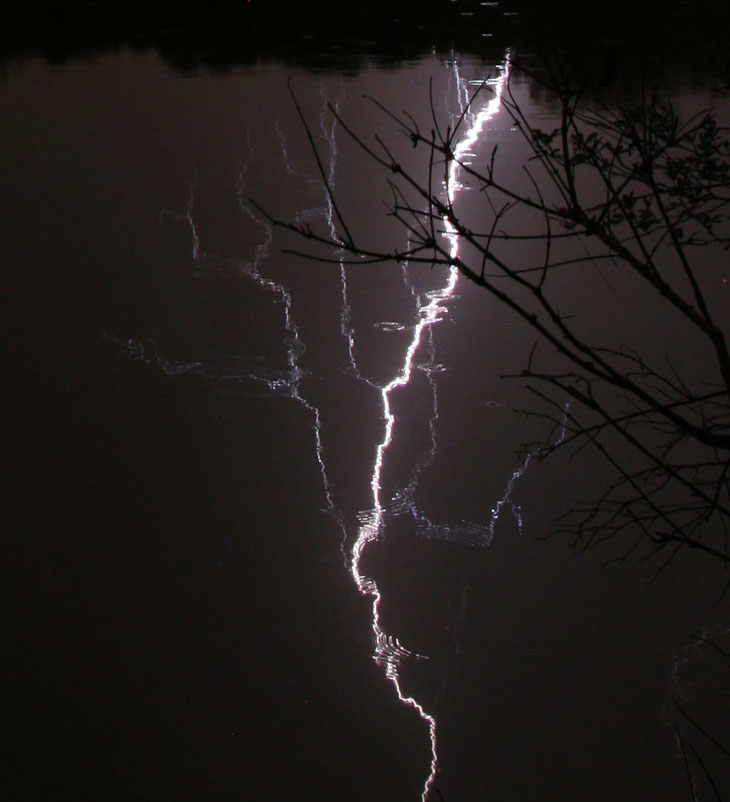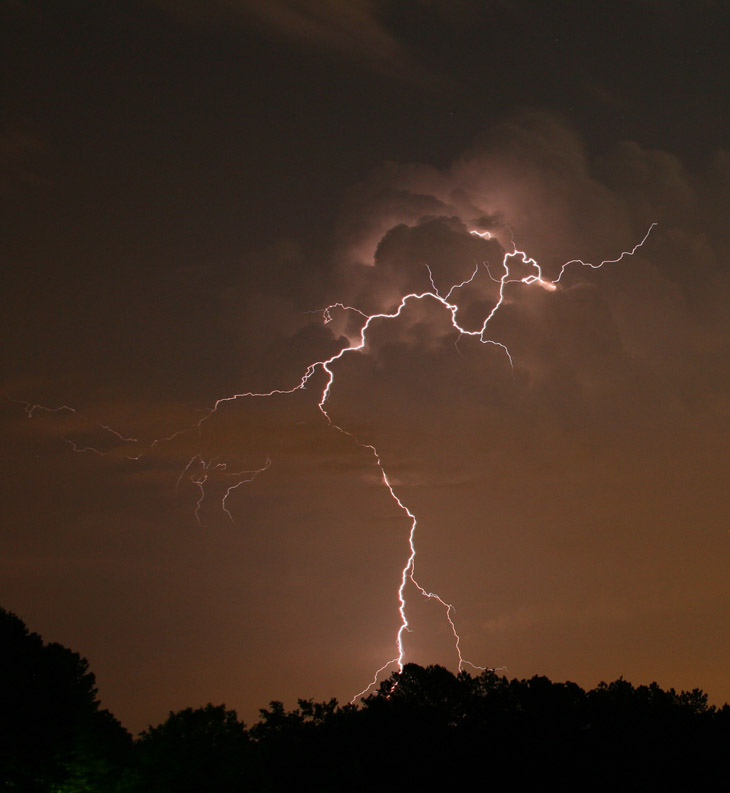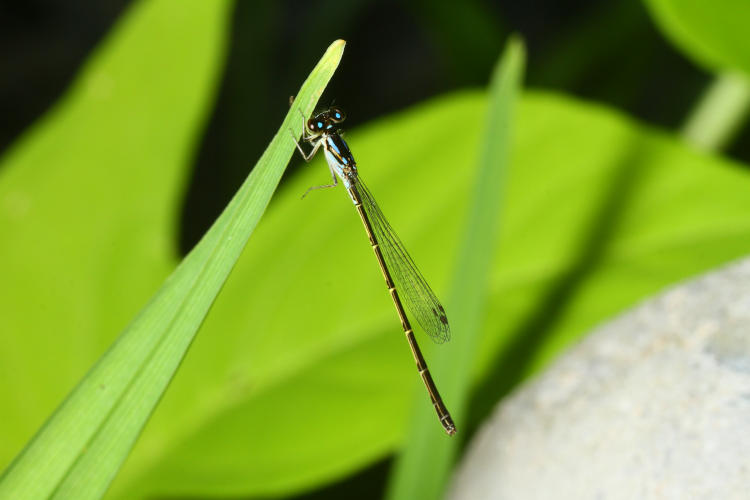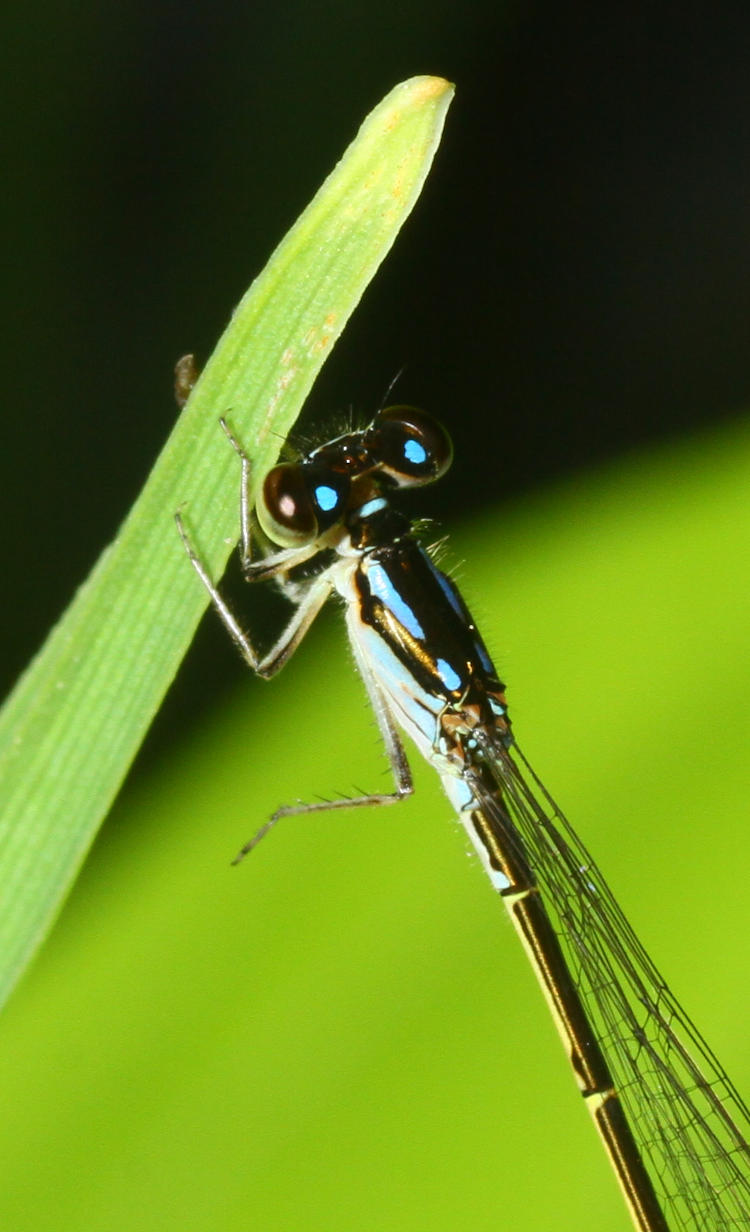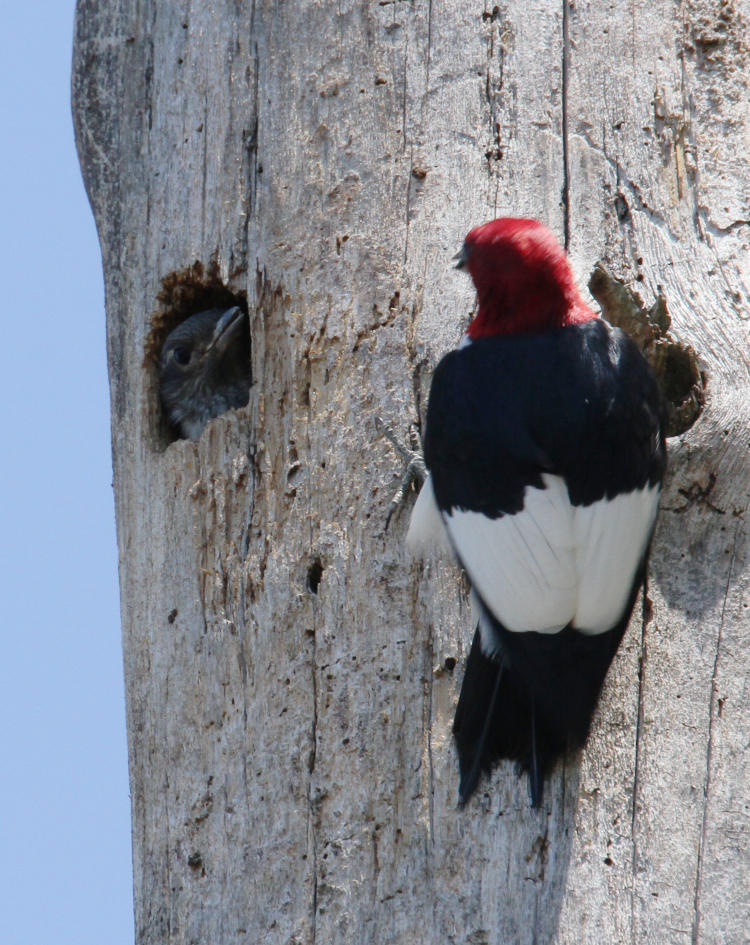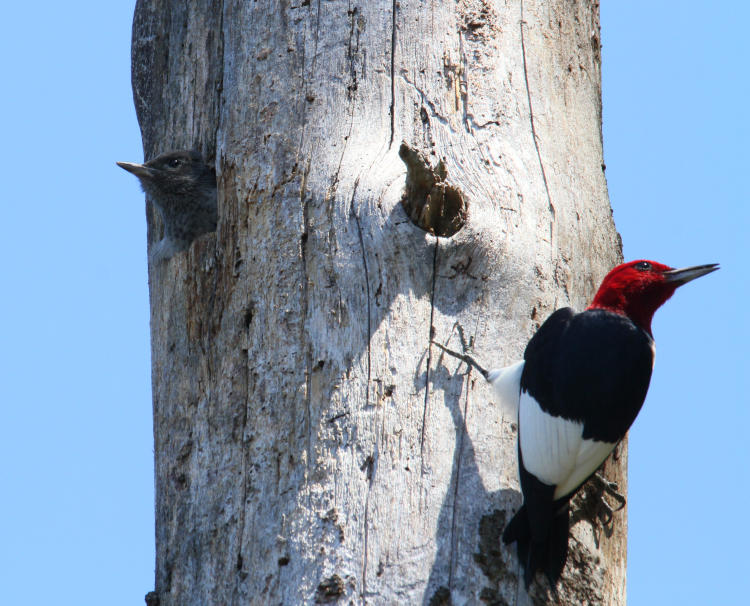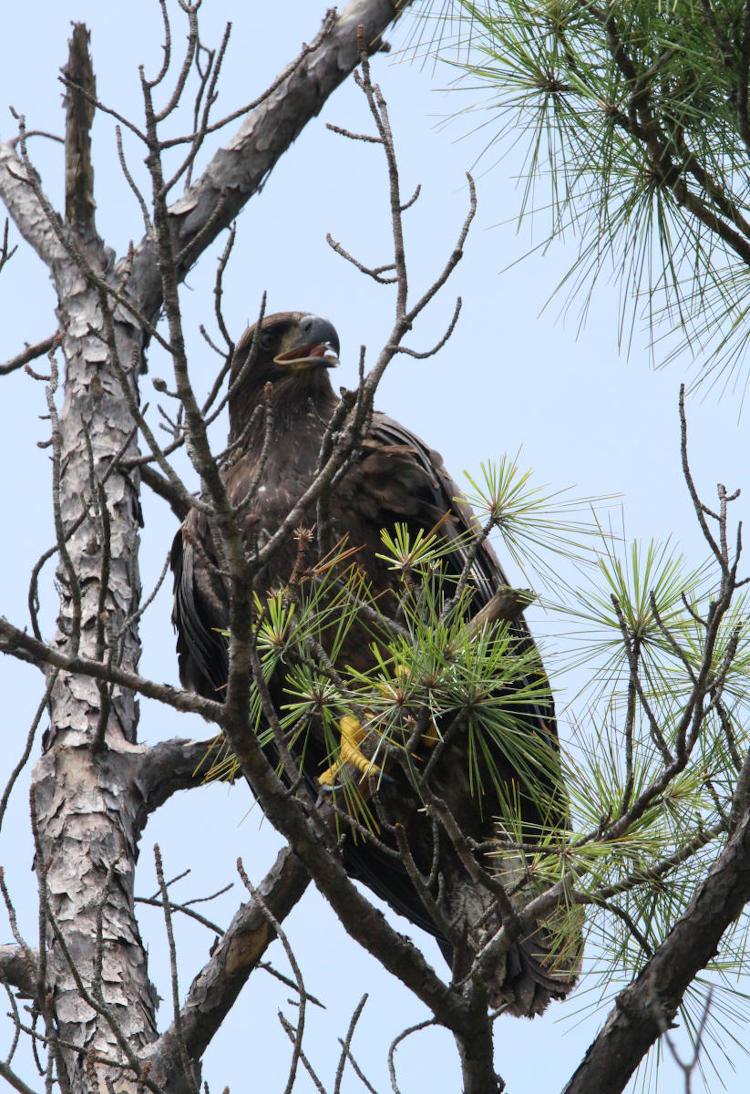
I did a student outing to Jordan Lake three days back, now concentrating on more species than just the woodpeckers, but mostly seeing what I normally do, with a couple of exceptions. But first, an observation that I meant to post earlier and forgot. This sunset shot dates from the 14th – nothing exciting, just an illustration, because the next one is from the 18th.

In between, we had a wicked set of thunderstorms blow through, and I returned to find something had changed. The tall dead tree on the right had been a landmark ever since I started visiting this area, hosting woodpeckers and serving as a perch for countless birds, yet it had to go sometime. I wasn’t paying strict attention to it in the days leading up to this, but I never saw evidence of any woodpeckers nests within it this year, so here’s hoping I was correct. Another pine trunk had dropped right across the path out to this point, and I could at least examine that one for nest cavities; I found one that had been started, but was not deep enough to have hosted a nest.
On to the birds now.
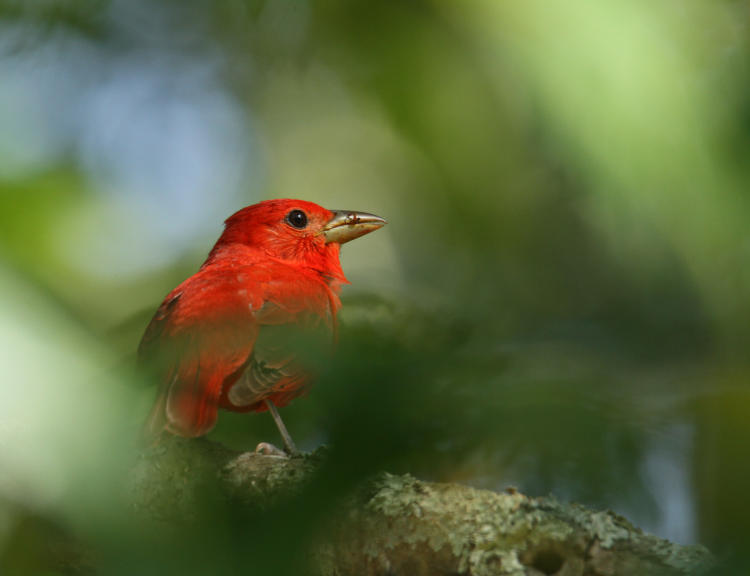
Spotting this as soon as we got out of the car by following the nearby birdsong, I had initially identified this as a scarlet tanager, but I was wrong; this is a summer tanager (Piranga rubra) instead, which I should have guessed because it was the first day of summer, duh! It was the first I’d photographed, potentially the first I’d seen – I don’t keep spotting lists, just the pics.
The osprey were mildly active, more so than the combined times when I was out there for the woodpeckers.
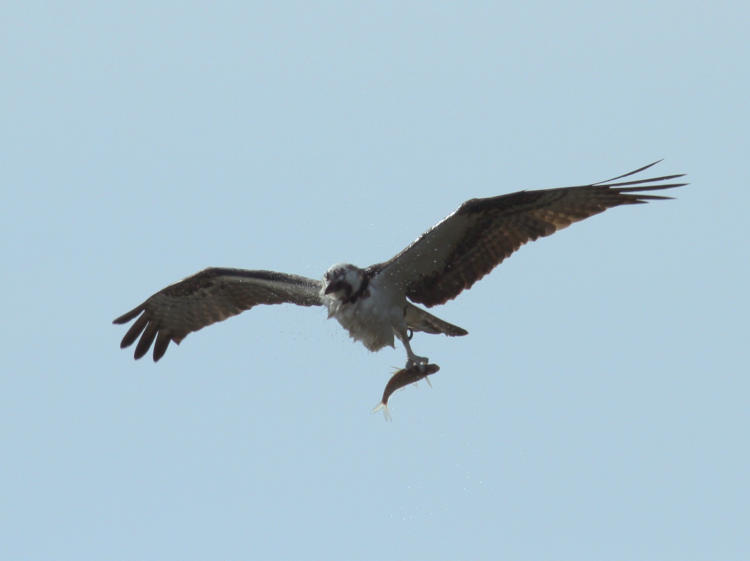
This one had just snagged that fish not too far away from the fallen stump above, and had cut off in our direction. This is right as it shook off the water from making the capture, which they always do about 5-10 seconds after taking off again, as soon as they get a little safe altitude. The sun wasn’t at an ideal angle for either the bird itself, or to illuminate the spray from the action, though you can see a little against the one wing if you look closely.

Taking advantage of the motor drive, this frame is less than a second after the previous. Someone said this resembles me attempting to dance, which I don’t consider entirely accurate since I’ve never stood on a fish while doing so.
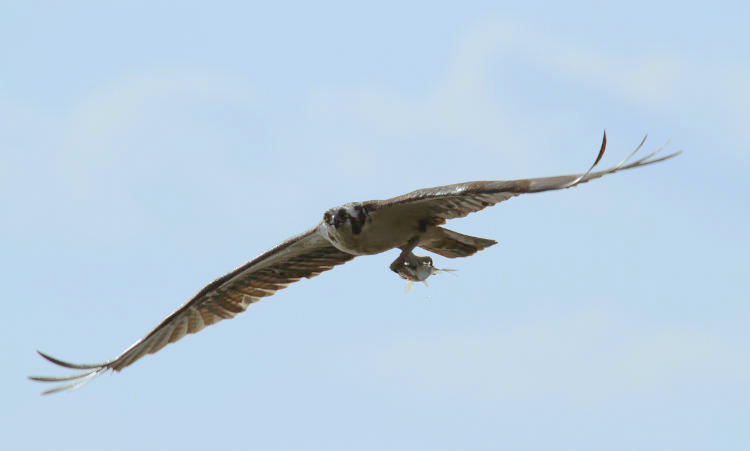
And back to looking regal while glaring at us. Oh yeah, we saw that – we saw it all.
[I have a faint regret, as I review this post during editing, that I did not capture the osprey with its wings up a bit in mid-flap, since they might have mimicked those faint traces of clouds in the background – do you see the shape? Man, that would have been cool.]
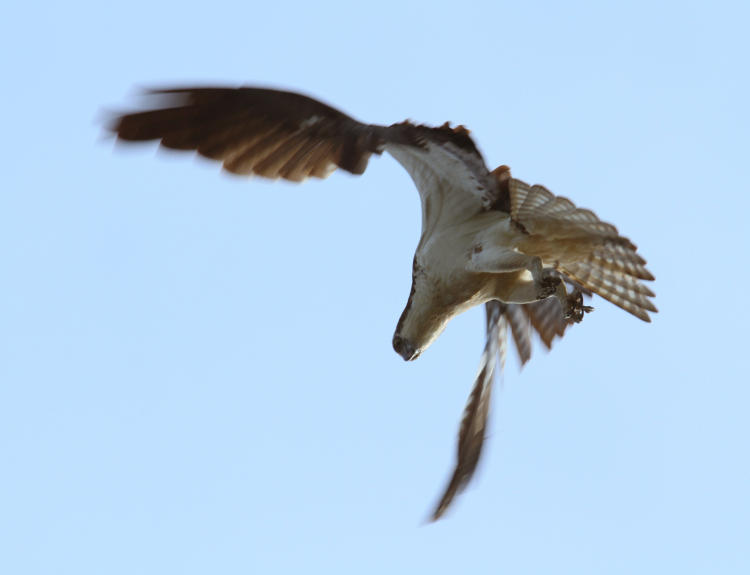
Not long afterward, another cruised in almost directly overhead and made a couple of false starts after fish before finally completing its dive; here it’s ‘backing,’ in a near-hover as it zeros in on the fish, calculating its dive. The tail is down for braking, and the talons starting to extend forward for the capture.
This time, some intervening trees obscured my view of the entry, but I likely wouldn’t have caught it anyway – the bird was so close that I was having trouble tracking it as it accelerated downward. I quickly dodged the trees and got a half-ass shot of it as it lifted from the water with its capture.

I’ve watched eagles simply reach down beneath the surface and snag a fish in passing, but osprey always seem to dive, except it’s not head first but leading with the talons instead, naturally. This usually makes a distinct and noisy splash, but in my experience, it’s successful more often than not. I have yet to get the really cool entry pic, just as the osprey touches the water, but then again, I haven’t spent five hours out there after it yet either.
I did see a juvenile bald eagle cruise by in the distance, at a crummy light angle so little more than a silhouette, but then an adult came a lot closer, obscured by the nearby treeline while the angle was best but emerging enough for a decent identifying shot.

Not too far away around the point, some kids were making a bit of noise, and as the eagle passed overhead they set off some kind of mild fireworks, probably completely unaware of the bird nearby. The eagle took immediate evasive action though.

This is not tilted, or a significant change of angle from the last pic; the eagle really is banking almost vertically. It was quite brief, because the bird didn’t have enough altitude that it could afford to shed with the loss of its lifting surfaces in this way, so I’m glad I caught this – I wasn’t even aware that it banked this hard while watching it in the viewfinder.

In our wanderings (actually as we ‘pursued’ our next subject,) we came across a small flock of black vultures (Coragyps atratus) who were reluctant to give up their foraging grounds for mere nature photographers, and so we had the opportunity for some ridiculously close portraits – this is full-frame. Granted, when you do this you typically want something a leetle more photogenic that the Cathartidae, but at least we have those soulful brown eyes to gaze into, kinda like Eva Longoria’s…
In the distance, we could see a large bird sitting in another dead tree, and even at several hundred meters it was clearly not another vulture. Vultures have a hunched look, but eagles seem to sit up as straight as the class suck-up. So we started approaching cautiously, to see how close we could get before it spooked off.
We needn’t have bothered.

There’s a chance that not only was this the juvenile bald eagle that I’d spotted passing in the distance earlier (it was the right general direction,) but also the one that had landed in the treetop above me a few days previously; it was only a half-kilometer from that point, and just as blasé about people being close – yes, that’s a big yawn. It was early evening and plenty of people were hanging out in the immediate area, including someone playing fetch with their dog in the water almost underneath this tree – easily the most mellow one I’ve seen, ever.

This Christopher Lambert stare is wildly misleading, because the eagle allowed us to approach very close beneath and not only didn’t fly off, it took a little time to do some grooming. I have to admit, having a subject that doesn’t require a bit of skill to approach for frame-filling shots takes all the fun out of it.
[A day later, I was speaking to my brother on the phone, and he said that the avian flu was hitting his area hard, and they’d lost a bunch of eagles at Montezuma National Wildlife Refuge over it. I’m hoping that it doesn’t have that kind of effect here – it was purportedly brought in by the snow geese up there – but it also may be just a matter of time.]
We were down there for the sunset as well, which didn’t pan out too vividly (as usual,) but as the sun lowered and at least got a bit yellow, I framed a great blue heron (Ardea herodias) off in the middle distance.

I virtually always shoot at full-sunlight white balance, which translates to no color alteration at all – this keeps the nice sunset colors. At times it might be better with a little color correction, but I can typically do that in GIMP better than the presets of the camera anyway.
After the sun had disappeared and we were leaving, I turned and shot a quick scenic, only with the contrast and saturation boosted slightly, my setting to compensate for low-contrast light like overcast or deep shade. Which this wasn’t, so it made the sky appear a little better than it was.

That little stand of silhouetted tree in the water at lower left is the same one from the previous photo, only from the opposite side, more or less – the heron had moved on by this time. Overall, nothing too exotic this visit, but enough to make it a decent outing.
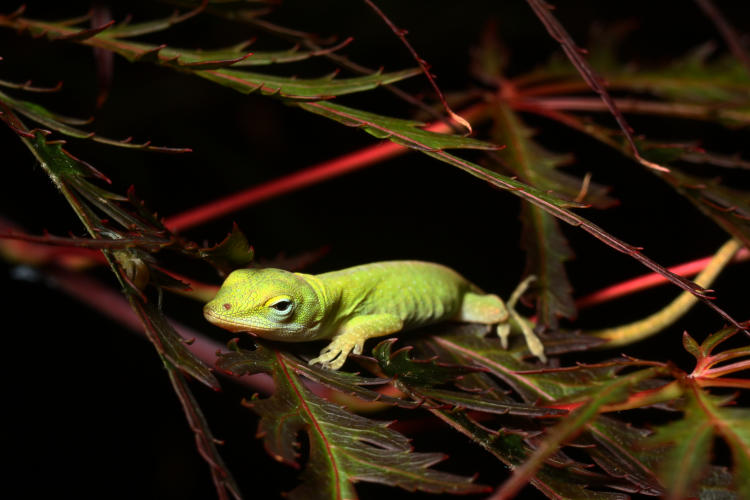
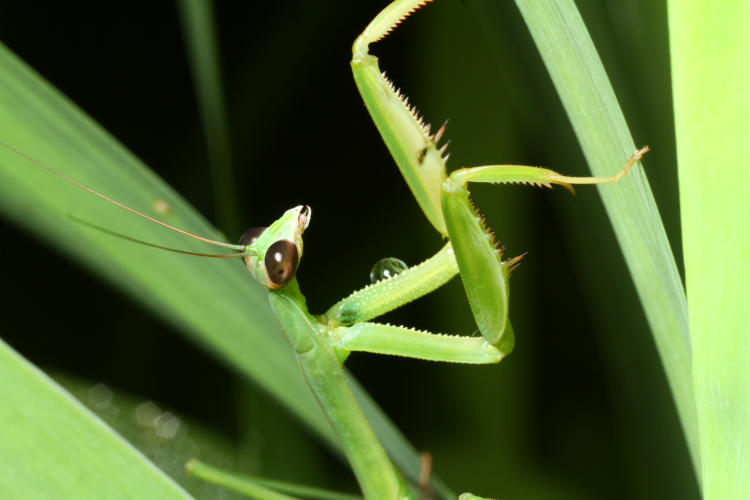
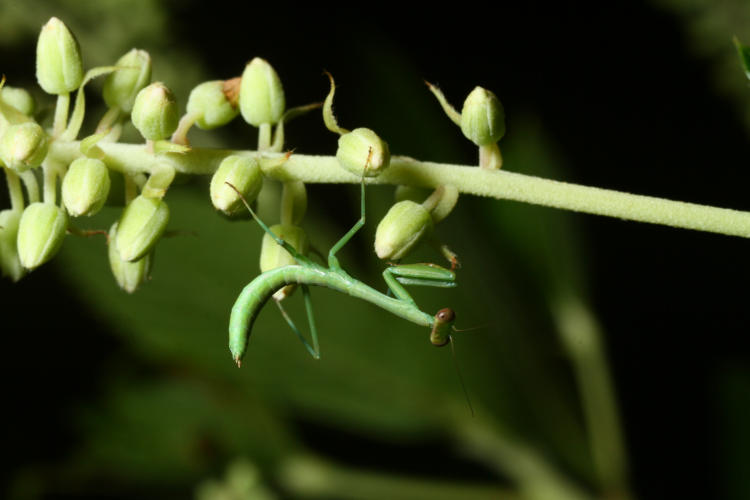





















































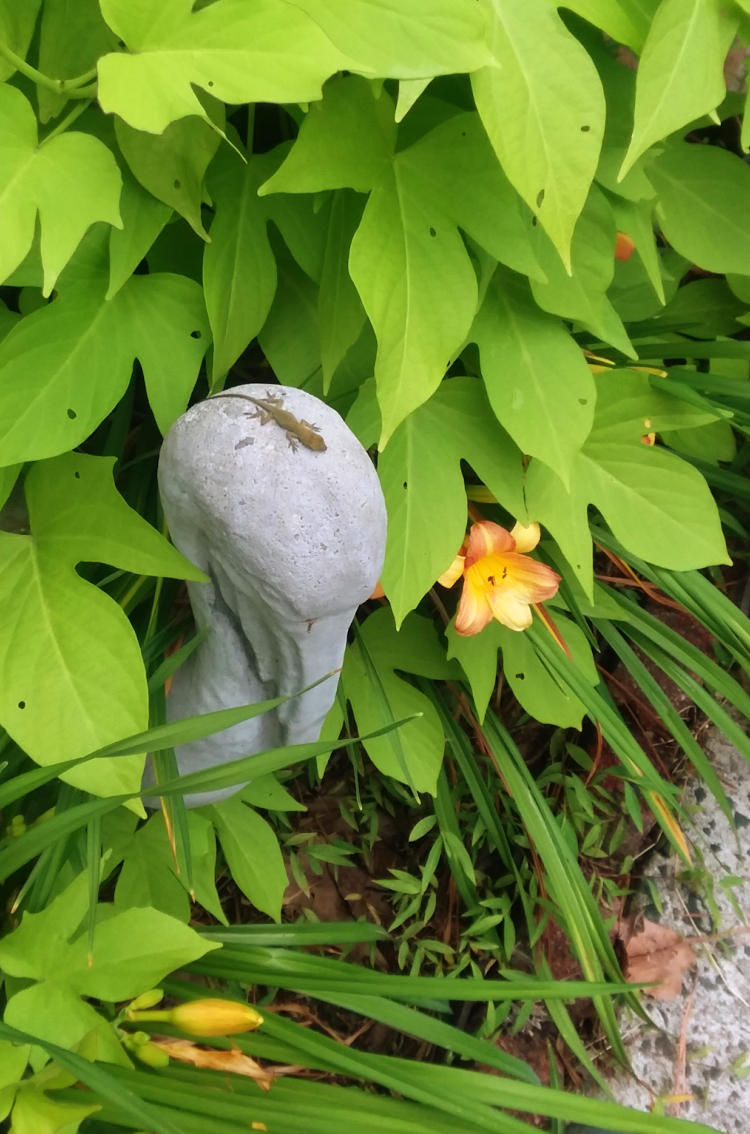

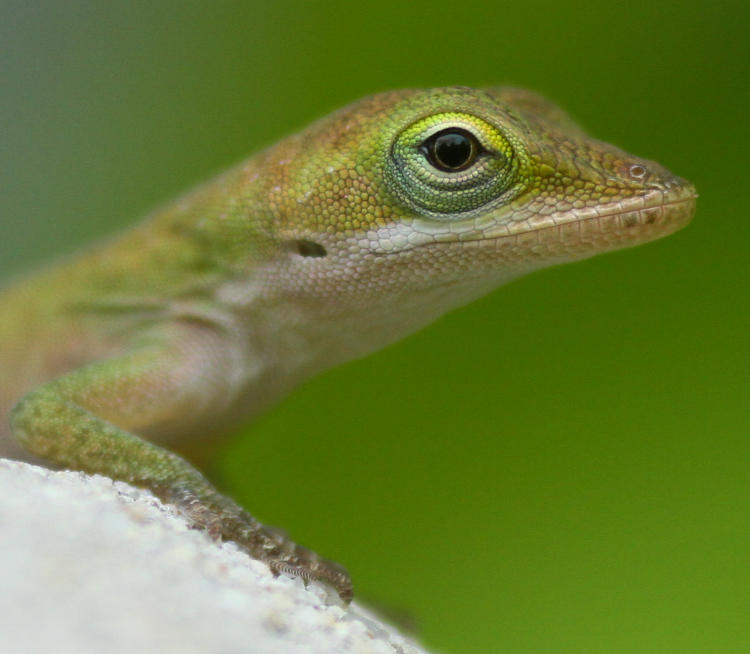

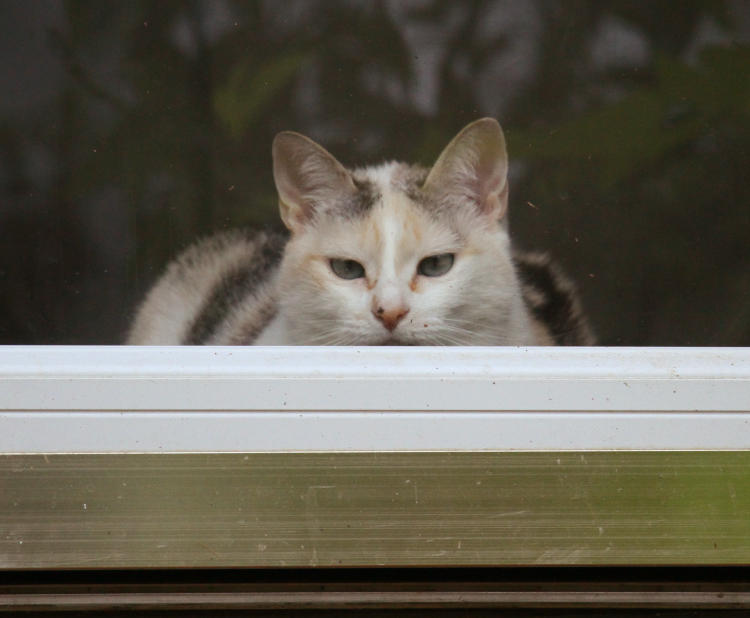


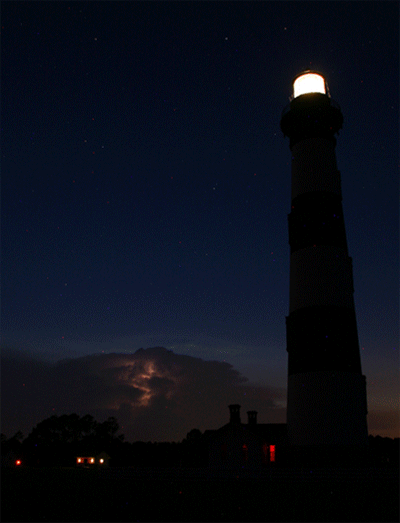 I had to include this animated sequence,
I had to include this animated sequence, 